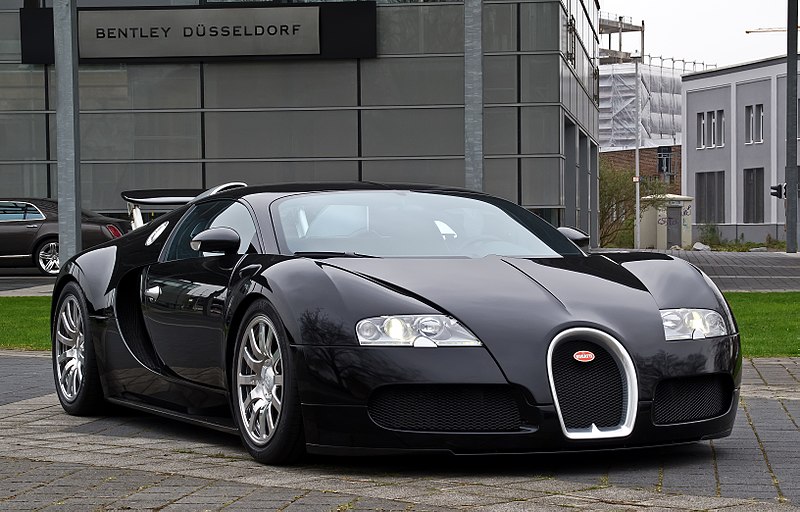The world of supercars is known for its exclusivity, performance, and groundbreaking engineering. But even the most extravagant, well-funded projects don’t always find success on their first attempt. Some cars, initially deemed failures or commercial disappointments, end up surprising the world by shattering records and proving their true potential.
One of the most compelling stories in this category is that of the Bugatti Veyron, a car that was initially viewed as a risky and potentially failed project but ended up breaking speed records and becoming one of the fastest cars ever made.
When the Bugatti Veyron was first conceived in the late 1990s, it faced numerous challenges. The supercar’s ambitious design and unprecedented performance goals made it a difficult car to develop, and many industry experts doubted its feasibility.
From its astronomical price tag to the technological hurdles it presented, the Veyron seemed like an impossible dream. The car was intended to push the boundaries of speed, luxury, and technology, and yet, at times, it felt like it was destined for failure.
However, after years of development, setbacks, and skepticism, the Veyron went on to become an iconic car in the automotive world, achieving feats that many thought were impossible. It would break speed records, challenge the limits of engineering, and define what it means to be a true supercar.
So how did this car, initially considered a failure, end up achieving such legendary status? To understand how the Veyron overcame its rocky start and reached the pinnacle of automotive performance, we need to look at its origins, the difficulties it faced, and the breakthroughs that led to its success.
Also Read: 10 Best and 10 Worst Cars for Cold Climates & Harsh Climate
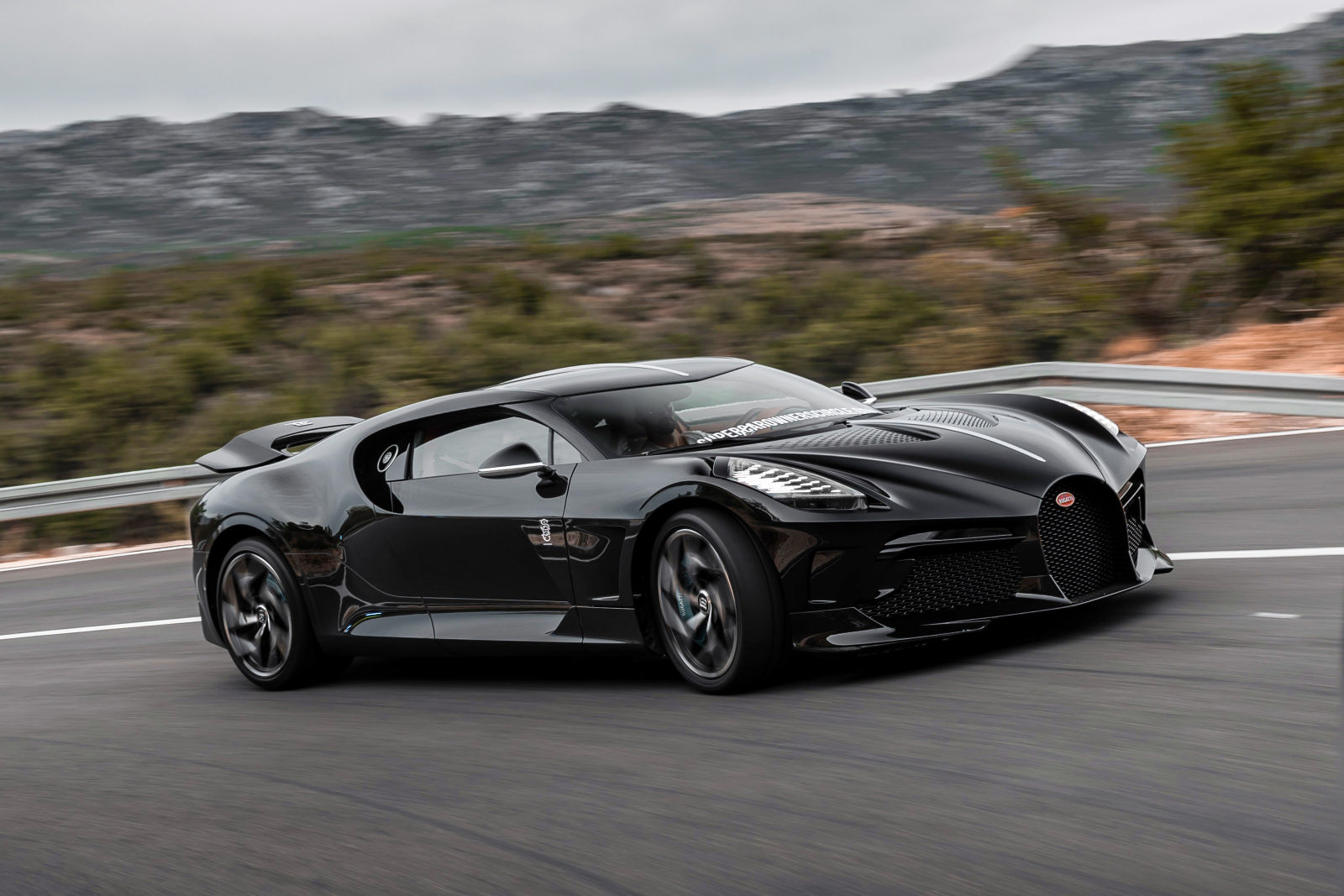
The Origins of the Bugatti Veyron: Vision Meets Reality
The idea of creating a world-class supercar was not new when Volkswagen Group took ownership of the Bugatti brand in the early 1990s. Bugatti, a name synonymous with luxury, speed, and craftsmanship, was seen as the perfect foundation for a high-performance, cutting-edge vehicle.
However, the challenge lay in how to take a historical marque and create something truly revolutionary. The vision for the Veyron was ambitious—to create a car that could go over 250 mph, break the world speed record, and serve as the blend of luxury and performance. In the late 1990s, a car capable of achieving such speeds seemed like nothing more than a pipe dream.
To execute this vision, Bugatti set out to design a car that would transcend the current standards of what a supercar could achieve. They envisioned the Veyron as a machine capable of offering unmatched performance while still maintaining the luxury and craftsmanship that Bugatti was known for.
The car was to be a statement of technological and engineering prowess. The creation of this hypercar required innovations in nearly every aspect of its design, including aerodynamics, powertrain, handling, and safety features. Every detail of the Veyron needed to reflect its bold ambition, yet the enormity of the project meant that success was far from guaranteed.
The pressure to succeed was immense, both from within Volkswagen Group and the car enthusiast world. They were looking for a production car that could compete with, and eventually surpass, the likes of the McLaren F1, which had held the title of the world’s fastest car for years.
The goal wasn’t just to create a fast car—it was to build the fastest car the world had ever seen. But what followed was not a smooth development process. Bugatti’s engineers faced significant challenges in achieving the required power and performance without sacrificing the car’s stability or drivability. The immense scale of the project led many to doubt its feasibility, and some even questioned whether Bugatti could deliver on their lofty promises.
In addition to technical challenges, the cost of creating such a car was prohibitive. The projected price tag for the Veyron was over $1 million—a sum that made it a rarefied object in the supercar world. The financial risk, combined with the difficult engineering obstacles, led to growing skepticism. As development progressed, many outside the project felt the car might never see the light of day, and even if it did, it would never live up to the expectations that had been set for it.
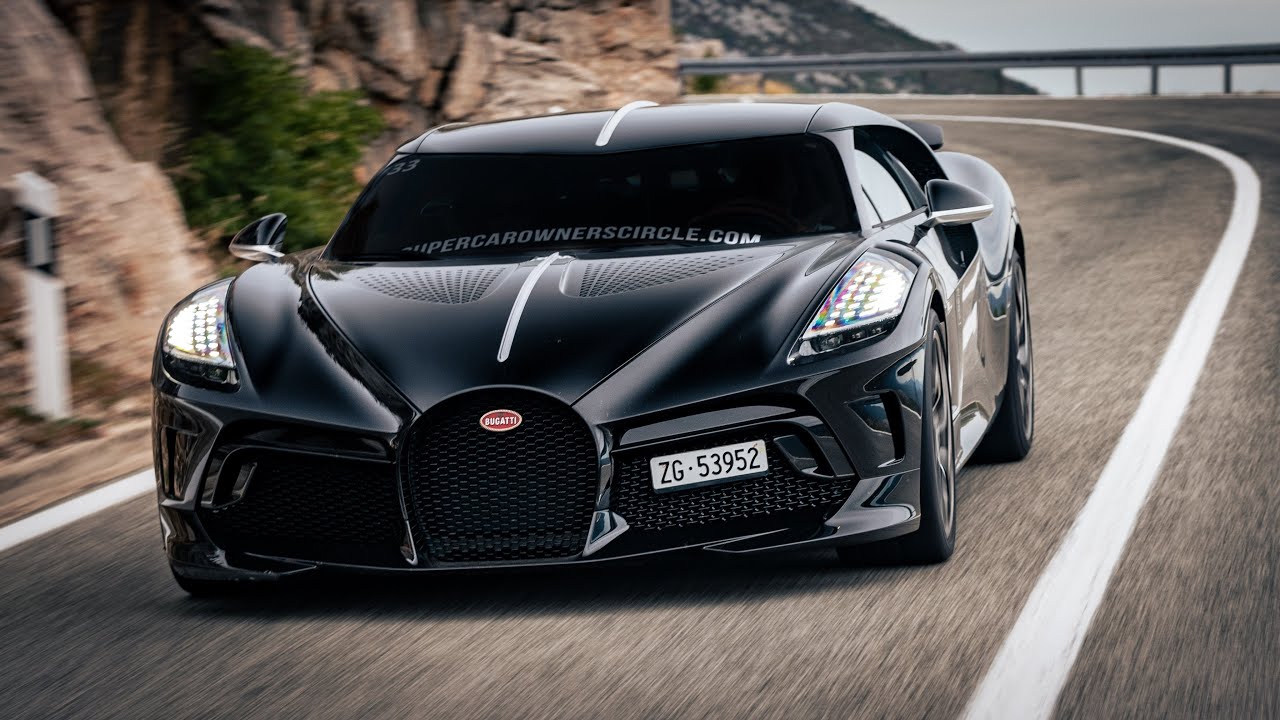
Overcoming Technical Challenges: The Road to Record-Breaking Speeds
The journey from concept to reality for the Bugatti Veyron was fraught with obstacles. When the car was first unveiled in 2005, many wondered if it could live up to the hype. The engineering challenges, particularly in managing the immense power of its W16 engine, were unlike anything seen before in the automotive world.
The Veyron’s 8.0-liter engine, capable of producing up to 1,001 horsepower, was powerful enough to send the car to a top speed of over 250 mph, but making that power usable on the road, while keeping the car stable and functional, was another challenge entirely.
One of the primary hurdles Bugatti engineers faced was ensuring that the Veyron could maintain such high speeds without sacrificing safety. At speeds approaching 250 mph, even the smallest design flaw could be catastrophic. The car needed to have impeccable handling, balance, and aerodynamics.
The Veyron’s active aerodynamics system was revolutionary at the time; the rear spoiler automatically adjusted its angle to provide downforce at high speeds, ensuring that the car remained stable at extreme velocities.
The carbon fiber body also played a crucial role in keeping the Veyron light enough to achieve its blistering speeds, while the advanced braking system ensured that the car could stop just as quickly as it could accelerate.
The creation of a car that could achieve 250 mph—and remain safe while doing so—required cutting-edge engineering. To manage such power, Bugatti needed to develop a drivetrain and chassis capable of handling extreme forces without compromising safety or comfort.
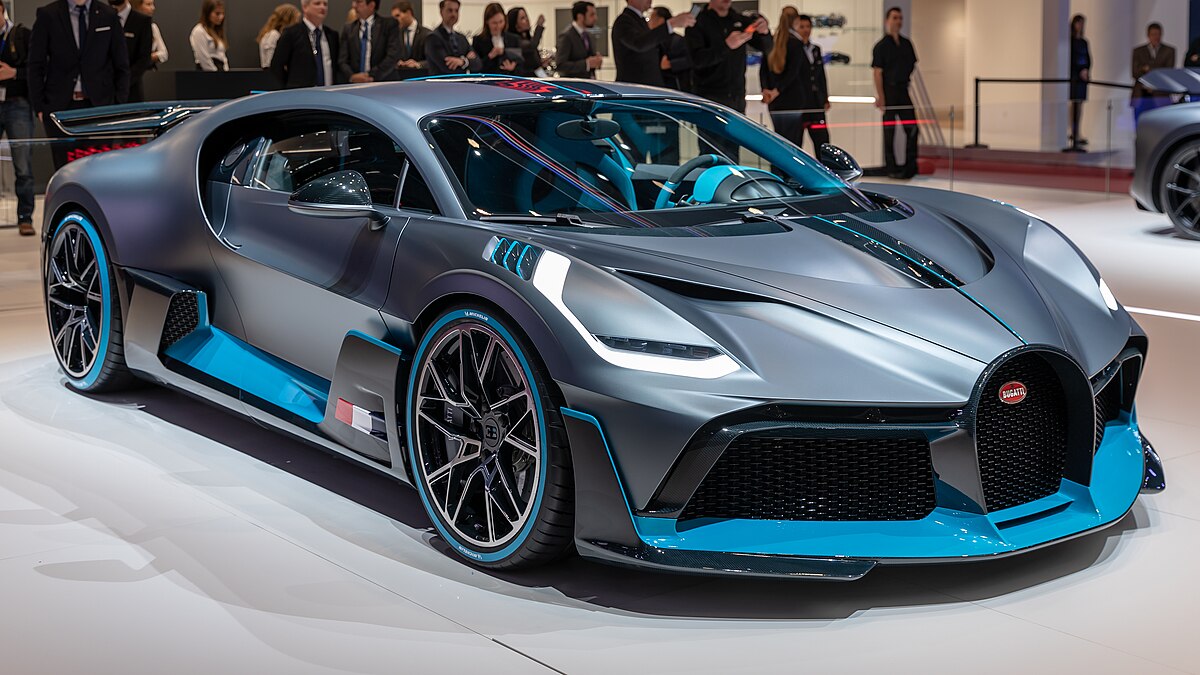
The car’s suspension system was tuned to maintain both comfort and performance, ensuring the Veyron could be driven on regular roads without sacrificing the extreme cornering and speed characteristics needed for the racetrack. Another challenge was finding a way to keep the car’s engine cool despite the incredible heat generated by the W16 engine and the performance demands placed on it.
Cooling systems, including massive radiators and an air intake system, had to be meticulously engineered to handle the unprecedented heat generated by the car’s powerful engine.
Another critical breakthrough was in the transmission system. The Veyron used a 7-speed dual-clutch gearbox, one of the most sophisticated transmission systems available at the time. This system allowed the car to shift gears seamlessly at high speeds, making acceleration and deceleration smoother and more efficient.
Combined with its four-wheel-drive system, the Veyron could maintain traction even when accelerating from a standstill at jaw-dropping speeds. The Veyron’s gearbox and drivetrain were engineered not only to transfer power efficiently but also to provide the driver with control over every inch of the car’s performance.
However, despite these innovations, the Veyron’s production was delayed several times due to unforeseen engineering complications. In fact, it wasn’t until 2005 that the Veyron finally made its public debut, and even then, there were concerns about whether it could truly break speed records. Some critics believed that the Veyron’s sheer power would prove to be too difficult to harness, while others doubted its ability to deliver on its ambitious promises.
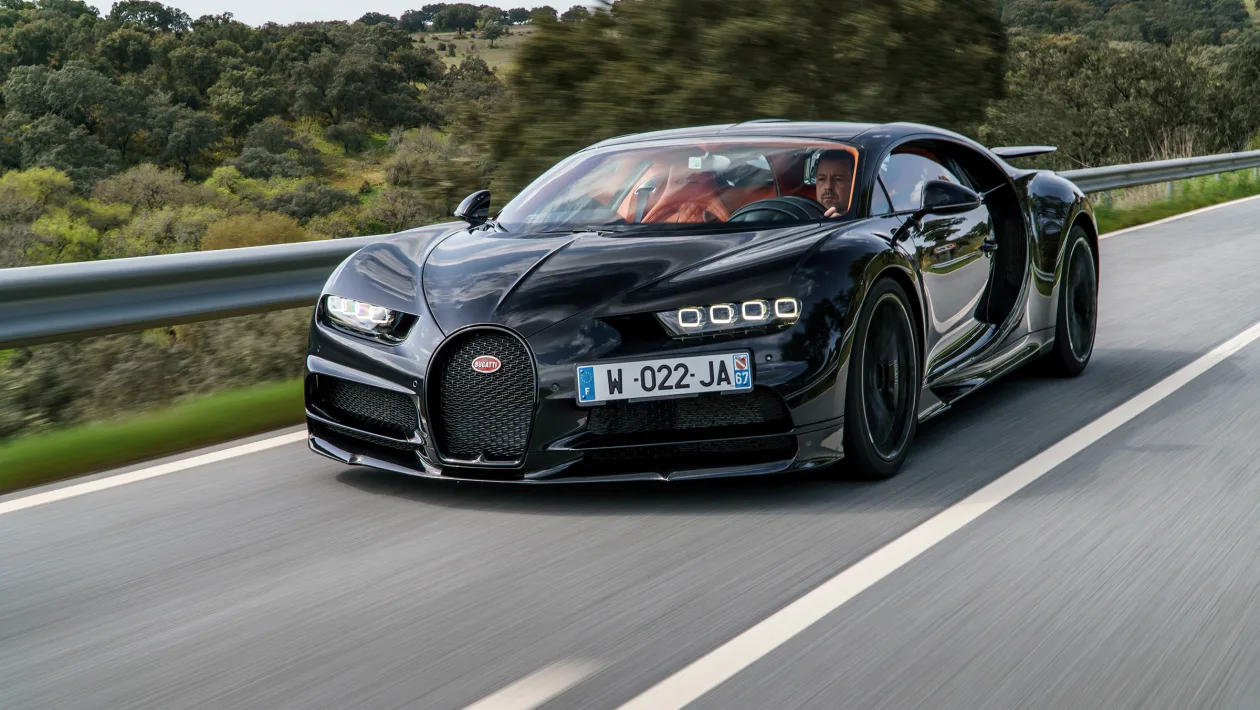
Breaking Speed Records: The Moment of Triumph
After years of setbacks, delays, and skepticism, the Bugatti Veyron proved the doubters wrong and shattered speed records in 2005 when it became the world’s fastest production car, hitting an astonishing top speed of 253 mph. The Veyron’s performance exceeded all expectations, and its groundbreaking achievements redefined what was possible for a production car. But the story didn’t end there. Bugatti’s engineers weren’t content with simply breaking records; they continued to refine and improve the car.
In 2010, Bugatti went even further by releasing the Veyron Super Sport, which was a more powerful and refined version of the original car. This model pushed the limits of speed even further, achieving a top speed of 267 mph, which set a new benchmark for the world’s fastest production car. The Veyron Super Sport held this title for several years, cementing the Veyron’s status as a supercar icon and proving that a car once considered a failure was now an undeniable force in automotive performance.
The Veyron’s success was not just about speed; it was also about the car’s combination of luxury, engineering, and exclusivity. The Veyron’s interior was a marvel of craftsmanship, featuring hand-stitched leather, advanced infotainment systems, and a level of luxury rarely seen in cars of this caliber. It was a car that could not only break speed records but also provide the driver with an unparalleled experience of comfort and sophistication.
Bugatti’s engineering team also ensured that the Veyron was safe at extreme speeds. Its braking system could bring the car from 267 mph to a complete stop in under 10 seconds, a feat that was previously thought impossible in a production car. In addition to its technical brilliance, the Veyron’s success symbolized the achievement in automotive engineering, proving that the vision set by the engineers had been realized in spectacular fashion.
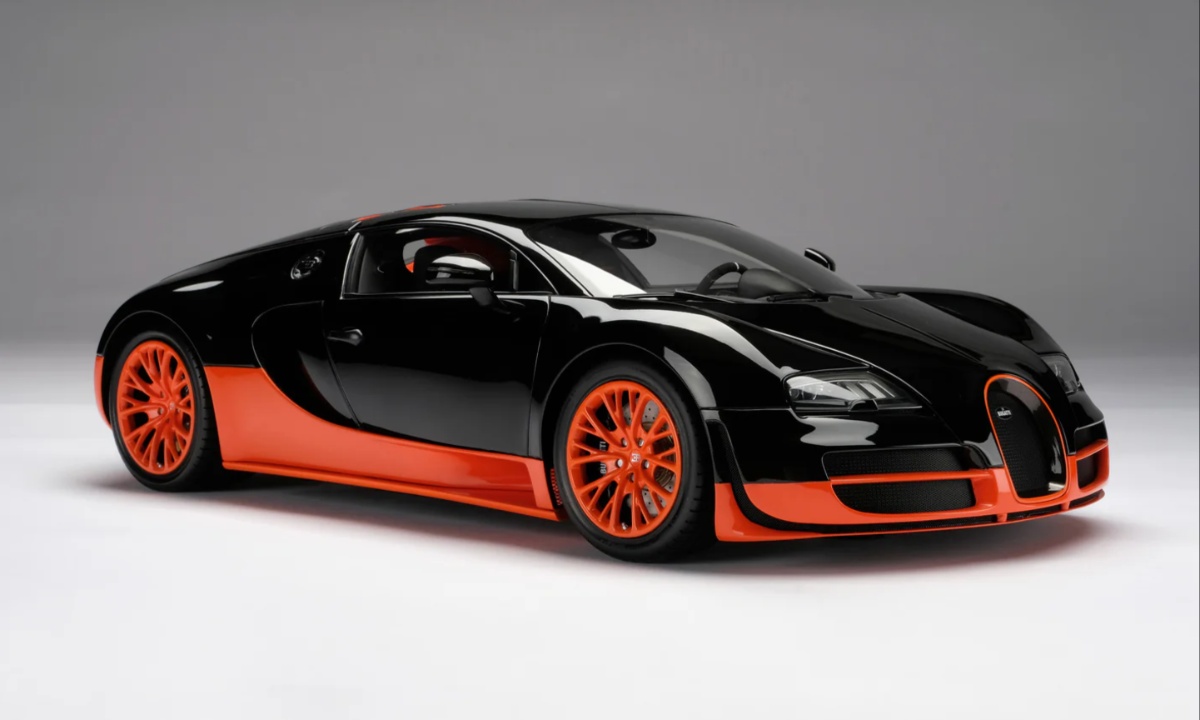
The Triumph of the Bugatti Veyron
The story of the Bugatti Veyron is nothing short of a testament to human ingenuity, persistence, and the relentless pursuit of perfection. What began as a risky, high-stakes venture—an ambitious supercar with an uncertain future transformed into one of the most groundbreaking and revered vehicles in automotive history.
Through numerous challenges, setbacks, and moments of doubt, the Veyron’s development became a symbol of what can be achieved when vision, technology, and determination collide.
In the beginning, the Veyron was dismissed by many as an impractical pipe dream—an automobile that could never live up to its promises. Critics doubted the feasibility of creating a car that could not only reach unprecedented speeds but also be safe, luxurious, and practical.
But Bugatti’s engineers, undeterred by skepticism, set out to push the boundaries of what was thought possible. With its quad-turbocharged W16 engine, capable of producing over 1,000 horsepower, and a host of cutting-edge technologies, the Veyron eventually proved its critics wrong by achieving what many once believed was unattainable. The car became the world’s fastest production car, not once, but multiple times, setting new standards in both speed and engineering.
The Veyron’s record-breaking achievement wasn’t just about raw speed—it was also about pushing the boundaries of what technology could do. From its revolutionary active aerodynamics to its state-of-the-art braking system, the Veyron was as much a technological marvel as a feat of performance engineering.

Every component of the car was meticulously crafted to deliver the highest levels of performance without sacrificing luxury or safety. This balance of extreme capability and refined luxury became one of the defining characteristics of the Veyron, setting it apart from other supercars in its class.
Despite its success, the Veyron’s legacy is not simply about its ability to break records. It’s also about the influence it had on the automotive industry as a whole. The Veyron pushed other manufacturers to rethink what was possible in the realm of supercars, challenging the status quo and inspiring the next generation of high-performance vehicles.
Its success elevated Bugatti to the pinnacle of luxury performance and cemented its place in the pantheon of the world’s most prestigious car manufacturers.
In many ways, the Bugatti Veyron embodied the spirit of innovation and risk-taking. It was a car built not just to meet existing expectations but to shatter them. Its story is one of overcoming the impossible, transforming from a highly speculative and expensive project into a record-breaking, world-renowned vehicle. The challenges it faced along the way only served to heighten its eventual success, proving that setbacks are often just stepping stones toward greatness.
Furthermore, the Veyron’s impact extends beyond its record-breaking speed. It demonstrated that extreme performance and luxury do not have to be mutually exclusive.
The car’s lavish interior, handcrafted details, and cutting-edge technology turned it into not just a mode of transportation but a statement of wealth, sophistication, and human achievement. The Veyron showed that a car could be the expression of automotive engineering, combining blistering speed with comfort and luxury in a way that was previously thought unattainable.

Today, the Veyron’s legacy continues to resonate, both as an automotive icon and as a symbol of what happens when passion and vision meet the highest levels of engineering expertise. It paved the way for future hypercars, influencing the designs of vehicles like the Bugatti Chiron, Koenigsegg Jesko, and McLaren Speedtail—all of which aim to push the limits of performance even further.
But none of these cars would have existed in the same form without the Veyron’s groundbreaking work. It laid the foundation for what supercars could achieve, and its influence can still be felt in the most advanced vehicles on the road today.
Also Read: 10 Cars Still Running After a Million Miles That Prove Maintenance Matters
The Bugatti Veyron serves as a reminder that innovation often comes with great risk, but also with immense reward. Its journey from a questionable idea to an icon of speed and luxury proves that with the right mix of perseverance, technology, and vision, even the most unlikely projects can lead to revolutionary outcomes.
The Veyron didn’t just break speed records—it changed the very definition of what a supercar could be. It became an enduring symbol of performance, engineering excellence, and the relentless pursuit of perfection in the automotive world.
The Veyron’s influence goes beyond its status as a technological marvel. It’s a vehicle that represents the pinnacle of human achievement in the field of performance cars, showing that, sometimes, the most incredible successes are born from the most challenging and seemingly impossible endeavors.
In the grand history of automobiles, the Bugatti Veyron will always be remembered as a game-changer, a car that not only met but exceeded the world’s highest expectations, forever etching its name in the annals of automotive legend.

